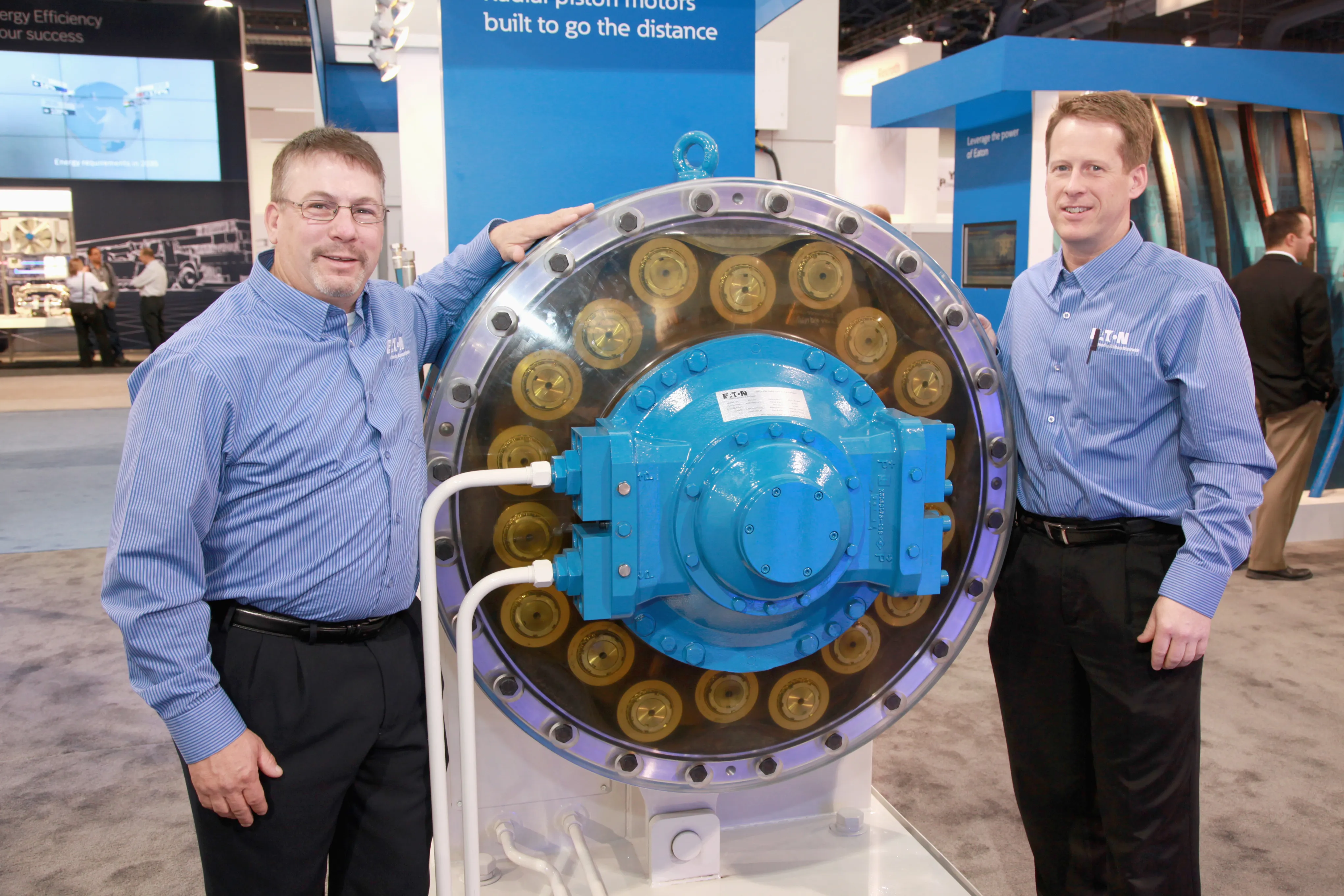Caterpillar has increased its precious metals engine rebuild kit range to include options for C-9 powered machines. Last year, Cat announced the availability of an initial phase of machine engine rebuild kits for certain machine models, including motor graders, hydraulic excavators, material handler and wheeled loaders, powered by 3406, 3306 and 3176 engines. Precious metals kits are available in four levels: Bronze, Silver, Gold and Platinum. Each kit is designed to save time and lower cost. Whether you do
June 24, 2013
Read time: 2 mins

Last year, Cat announced the availability of an initial phase of machine engine rebuild kits for certain machine models, including motor graders, hydraulic excavators, material handler and wheeled loaders, powered by 3406, 3306 and 3176 engines. Precious metals kits are available in four levels: Bronze, Silver, Gold and Platinum. Each kit is designed to save time and lower cost.
Whether you do it yourself or work with a Cat dealer, the US construction equipment manufacturing giant says that you’ll maximise uptime, strengthen your bottom line and extend the life of your equipment.
Bronze kits provide the basic components (gaskets, seals, oil and fuel filter, camshaft bearings, exhaust manifold sleeves, etc.) and have no core charge.
Silver kits include the Bronze kit, plus new, unassembled pistons, piston rings, retainers and cylinder liners and have no core charge.
Gold kits include the Bronze kit and the added value of (six) Cat Reman pre-assembled cylinder packs.
Platinum kits include the Bronze kit, plus (six) Cat Reman pre-assembled cylinder packs, a cylinder head, fuel injectors or fuel nozzles, a water pump and an oil pump.
Now available in the Precious Metals Engine Rebuild kit program are solutions for Cat C-9 powered 12H motor graders; 330C, 330C L and 330C LN excavators; 627G and 636G wheel tractor-scrapers; and D6R and D6R II track type tractors. Additional kit offerings for other Cat machines are said by the company to be in development.








